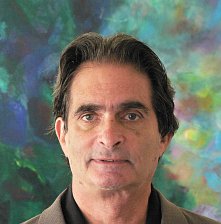![]() This is an extraordinary trend going on in Japan. It is a very clear example of how national beingness is shaped through unnumbered small seemingly mundane choices made by individuals.
This is an extraordinary trend going on in Japan. It is a very clear example of how national beingness is shaped through unnumbered small seemingly mundane choices made by individuals.
| Why Have Young People in Japan Stopped Having Sex? |
| Abigail Haworth – The Guardian/Observer (U.K.) |
Ai Aoyama is a sex and relationship counsellor who works out of her narrow three-storey home on a Tokyo back street. Her first name means “love” in Japanese, and is a keepsake from her earlier days as a professional dominatrix. Back then, about 15 years ago, she was Queen Ai, or Queen Love, and she did “all the usual things” like tying people up and dripping hot wax on their nipples. Her work today, she says, is far more challenging. Aoyama, 52, is trying to cure what Japan's media calls sekkusu shinai shokogun, or “celibacy syndrome”.
Japan's under-40s appear to be losing interest in conventional relationships. Millions aren't even dating, and increasing numbers can't be bothered with sex. For their government, “celibacy syndrome” is part of a looming national catastrophe. Japan already has one of the world's lowest birth rates. Its population of 126 million, which has been shrinking for the past decade, is projected to plunge a further one-third by 2060. Aoyama believes the country is experiencing “a flight from human intimacy” – and it's partly the government's fault.




